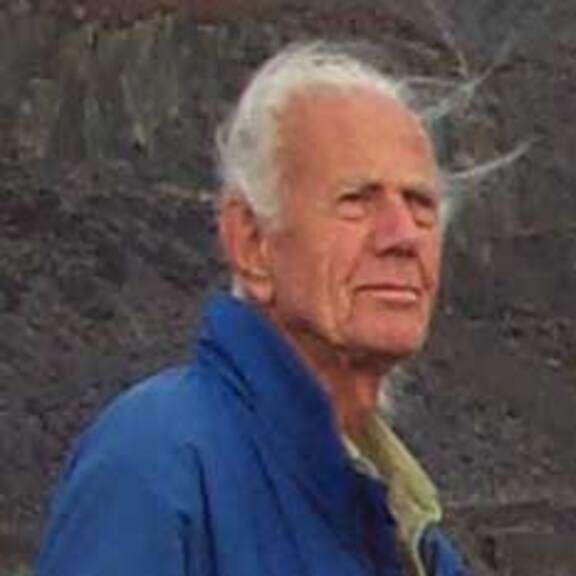Since 2002, Planetary Radio has visited with a scientist, engineer, project manager, advocate, or writer who provides a unique perspective on the quest for knowledge about our Solar System and beyond. The full show archive is available for free.
Search Planetary Radio
NASA has given the go-ahead for creation of the Wide-Field Infrared Survey Telescope. It might help reveal the nature of dark energy and point the way to life among the stars.
Emily Lakdawalla returns from the annual Division for Planetary Sciences meeting with big news from around the solar system. Then we talk with science journalist Traci Watson about the departure of the great Arecibo radio telescope’s Director and the funding challenge that could shut down the observatory.
Joe Liske, host of Hubblecast, is also the top scientist on the European Southern Observatory’s European Extremely Large Telescope (E-ELT), now under construction on a Chilean mountaintop. “Dr. J” tells us what this largest ever telescope will help us discover.
Principal Investigator and physicist Bruce Macintosh joins astronomer Franck Marchis to celebrate first light from the most powerful instrument for imaging exoplanets.
On this special vacation edition of the show, we climb to the Mount Wilson Observatory to join a special tour for the descendants of the facility’s fascinating founder, George Ellery Hale.
A Planetary Radio double header includes a visit with CosmoQuest’s Pamela Gay. She and colleagues are working to replace vital federal funds for science education and citizen science programs. We also go to the dark side with David Carnahan of NanoLab, developer of carbon nanotubes that may help us discover Earth-like planets.
There will soon be one thousand confirmed exoplanets, but how do we learn more about such distant worlds? We talk to the leader of a team that has recently developed technology capable of revealing the spectra of these planets, which allows us to tease apart their composition. Emily Lakdawalla invites you to find the next “face” on Mars, while Bill Nye says another asteroid flyby is good news. Our special What’s Up space trivia contest prize will put your picture in orbit!
Our special coverage of the ALMA Observatory inauguration continues, with the President of Chile, the incoming ALMA Director, and much more from the Atacama Desert.
The first of two shows about Mat Kaplan's journey to Chile's Atacama Desert for the inauguration of the Atacama Large Millimeter small millimter Array, the most ambitious, Earth-based astronomy project in history.
UC Berkeley SETI researcher Andrew Siemion and his colleagues have put an upper limit on the number of civilizations in our galaxy that are capable of giving us a call. He’ll explain their reasoning and provide other search updates.
ALMA will make sharper images than the Hubble Space Telescope, yet it’s a radio telescope! ALMA scientists Alison Peck and Al Wooten tell us about this array of 66 huge dishes in Chile’s Atacama desert.
When John Dobson invented the Dobsonian telescope he changed the face of amateur astronomy. The 96-year old pioneer talks with Mat Kaplan. Emily Lakdawalla loves Curiosity’s self-portraits. Bill Nye the Science Guy is in London to host a youth webcast with International Space Station astronaut Sunita Williams. Bruce Betts keeps us from getting Lost in Space and helps Mat give away a cool Curiosity bumper sticker in What’s Up.


 Explore Worlds
Explore Worlds Find Life
Find Life Defend Earth
Defend Earth











